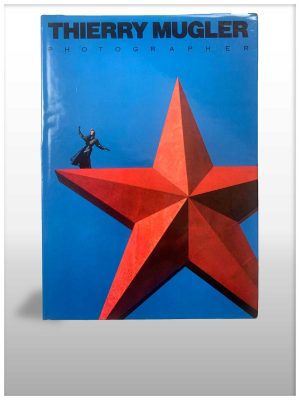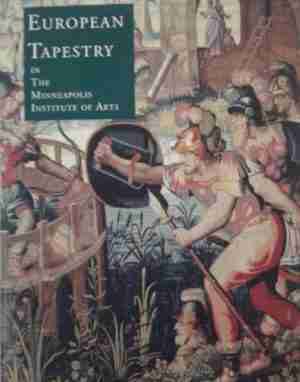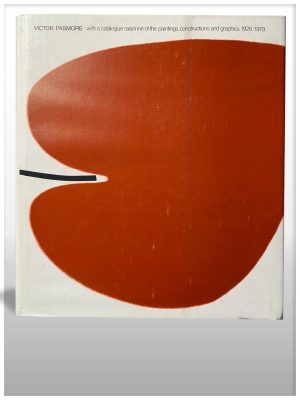Description
Art of the Maya: The ancient Maya, who lived in what is now Central America and southeastern Mexico, developed out of a mythic past into an agricultural society. Their skills in the arts, particularly architecture, sculpture, and ceramics, evolved with their civilization. The cultural remains of this great social and religious effusion are now the focus of scholarly investigation and, because of their high level of accomplishment, have aroused enthusiasm in both the art world and the general public. Maya civilization moved about the second century after Christ from legend into history. Its Classic era saw the creation of the great jungle cities with their pyramids and temples. These were places of worship, not of habitation, and the efforts of the architects and engineers were applied to the creation of lofty monuments to the gods. The, after a sudden and mysterious disappearance about AD900, the Maya re-emerged in the Yucatan at the beginning of the 11th century. This Postclassic period had a zenith for about 200 years, followed by a decline that continued until the Spanish Conquest at the beginning of the 16th century. Choked by vegetation or buried in the ground, the creations of the Maya were long lost from view. Now the buildings, statues, figurines, paintings, ceramics, and artifacts are being painstakingly revealed. Ferdinand Anton, author of ANCIENT MEXICAN ART, has brought to his study of the great Maya sites the eye of one of Europe’s foremost photographers of works of art, and an understanding based on long familiarity both with Maya art and the immense literature of Maya studies.










